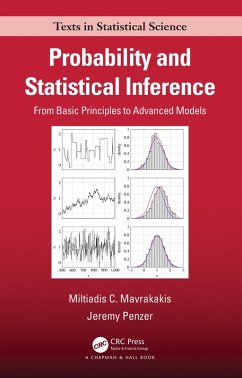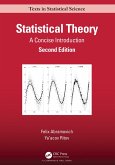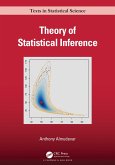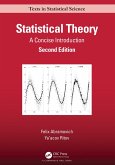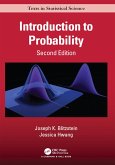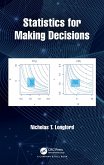Features:
.Complete introduction to mathematical probability, random variables, and distribution theory.
.Concise but broad account of statistical modelling, covering topics such as generalised linear models, survival analysis, time series, and random processes.
.Extensive discussion of the key concepts in classical statistics (point estimation, interval estimation, hypothesis testing) and the main techniques in likelihood-based inference.
.Detailed introduction to Bayesian statistics and associated topics.
.Practical illustration of some of the main computational methods used in modern statistical inference (simulation, boostrap, MCMC).
This book is for students who have already completed a first course in probability and statistics, and now wish to deepen and broaden their understanding of the subject. It can serve as a foundation for advanced undergraduate or postgraduate courses. Our aim is to challenge and excite the more mathematically able students, while providing explanations of statistical concepts that are more detailed and approachable than those in advanced texts. This book is also useful for data scientists, researchers, and other applied practitioners who want to understand the theory behind the statistical methods used in their fields.
Dieser Download kann aus rechtlichen Gründen nur mit Rechnungsadresse in A, B, BG, CY, CZ, D, DK, EW, E, FIN, F, GR, HR, H, IRL, I, LT, L, LR, M, NL, PL, P, R, S, SLO, SK ausgeliefert werden.
~Stuart Coles, author of An Introduction to Statistical Modeling of Extreme Values
"Overall, I give Probability and Statistical Inference: From Basic Principles to Advanced Models a solid thumbs up! It's well suited as a primary introductory probability theory textbook for undergraduates or applied masters students in statistics or data science. It's also appropriate as a primary textbook for an advanced survey course in probability and statistics. Further, I recommend this textbook to working professionals in any field who seek further insight on probability theory and statistical inference."
~Gabriel J. Young, The American Statistician

